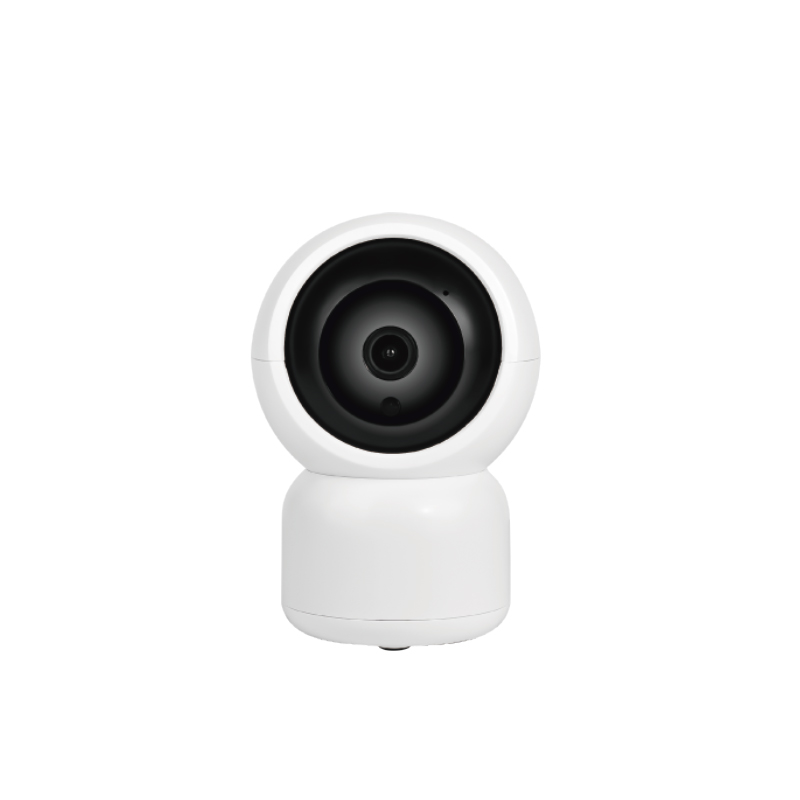
Smart home automation systems not only enhance lifestyle but also provide the security you seek. According to the report by McKinsey & Company, smart home products account for 25% of all homes. With an overwhelming number of smart home devices available, these advancements also bring about new challenges. Especially in smart lighting systems, the risks are easy to overlook.
This guide provides practical steps to enhance smart lighting security, enhance the protection of smart lighting systems, and create a safer, smarter living space.
Definition of smart light
Smart light system have revolutionized how we illuminate our homes. According to industry reports, the market for smart lighting is projected to reach $22 billion by 2026. Smart lights refer to lighting systems equipped with advanced technologies that allow for remote control, automation, and customization. These lights are equipped with integrated Wi-Fi or Bluetooth technology, allowing users to remotely control and monitor them through various devices such as smartphones, tablets, or voice assistants like Google Home.

Smart lights often offer features such as color-changing capabilities, dimming options, and the ability to schedule or automate lighting based on preferences or external factors. They are a key component of smart home ecosystems, providing users with enhanced energy efficiency, convenience in managing lighting environments.

Are smart lights a security risk?
Although smart lights provide unique convenience and security advantages, they are susceptible to potential security vulnerabilities and privacy risks. If your smart lights fall victim to a compromise, it could potentially lead to the compromise of your entire home network. Here are some key points to consider:
Data privacy concerns: Some smart light bulbs may collect data on user behavior and preferences. A data breach could lead to privacy concerns and misuse of personal data.
Cyber risks: Home lighting system could be compromised by malicious software, leading to issues like remote manipulation of lighting settings.
Unauthorized Access: Smart lighting systems can be hacked by cybercriminals, allowing unauthorized access to your home network and personal data.
Firmware vulnerabilities: Flaws in firmware or software that are not promptly addressed through updates may be easily targeted by attackers.
Overreliance on Default Settings: Individuals who retain default settings or use weak passwords may be more susceptible to security breaches.
Unencrypted communication: Inadequate or absent encryption measures in smart lighting systems can expose data transmitted between devices to interception, compromising the confidentiality of the information.

Tips for improving the safety of smart lights
It is crucial to acknowledge and address these risks to safeguard the integrity of our smart home systems.
a.Update Firmware Regularly
Keeping your light bulbs updated is your first line of defense against potential vulnerabilities. Similar to smartphones or computers, smart light bulbs receive updates to address security vulnerabilities and provide enhanced features. Check regularly for firmware updates on the manufacturer's website or through the relevant smartphone app to stay informed and maintain optimal security measures.

b. Improve Network Security
A secure Wi-Fi network serves as a strong defense against hackers. Guarantee the protection of your Wi-Fi by changing your default network name (SSID) and password, and activate WPA2 or WPA3 encryption for an extra layer of protection. Regularly update your router's firmware to patch security vulnerabilities and consider activating MAC address filtering to limit access exclusively to authorized devices.
c. Choose Security Light Bulbs
Choose smart lighting products from reputable manufacturers with a track record of prioritizing security. Reputable brands are more likely to provide regular updates and address security concerns. Look for bulbs that offer robust encryption protocols and regular firmware updates to proactively address potential vulnerabilities.


d. Create a Separate IoT VLAN
Create a separate IoT network for your lighting systems, including smart light bulbs or security cameras. This isolation prevents potential security breaches from spreading to other parts of the network and enhances network security by isolating IoT devices from other segments, minimizing potential risks and unauthorized access points.
e. Privacy Settings:
Review and adjust privacy settings in the smart lighting platform to control the data collected and shared. Minimize the amount of personal information shared and be aware of privacy implications.
f. Regular Audits:
Conduct regular security audits of smart home devices, including smart lights. Check for vulnerabilities and fix them promptly to prevent security threats.
g. Encryption:
Ensure that smart lighting systems use secure encryption protocols to protect data during transmission. This helps safeguard against interception and unauthorized access to sensitive information.

Researchers have found there are a few holes not only in smart lighting but also in the wider connected home. To establish an efficient home security system, creating lighting and a monitoring solution for the home are important. The integration of Human Body Motion Sensor and smart cameras with lighting forms a combination that serves as a robust deterrent against potential intruders, providing a comprehensive security solution.
Smart cameras have the capability to conduct face recognition, automatic tracking, behavior analysis, and more on moving targets. Meanwhile, human sensor can identify suspicious activities, promptly triggering alarms to notify homeowners or security monitoring services. If you want to take things one step further, Smart PIR Sensor could be a better choice. It can use infrared signals to detect moving objects, making everyday tasks more convenient by automating features.
Recommended Video:
In the era of smart homes, it is important not to overlook the vulnerabilities posed by seemingly benign devices, such as smart light bulbs or switches. Safeguarding the security of your smart lighting systems is not only a matter of technological prudence but crucial step in protecting the overall integrity of your home smart system. By remaining well-informed about potential risks and implementing necessary precautions, you can experience the convenience and advantages of smart light with your security.
Feel free to contact us, YOURLITE will help you protect your smart home ecosystem.
Recommended Products:
Post time: Jan-25-2024





